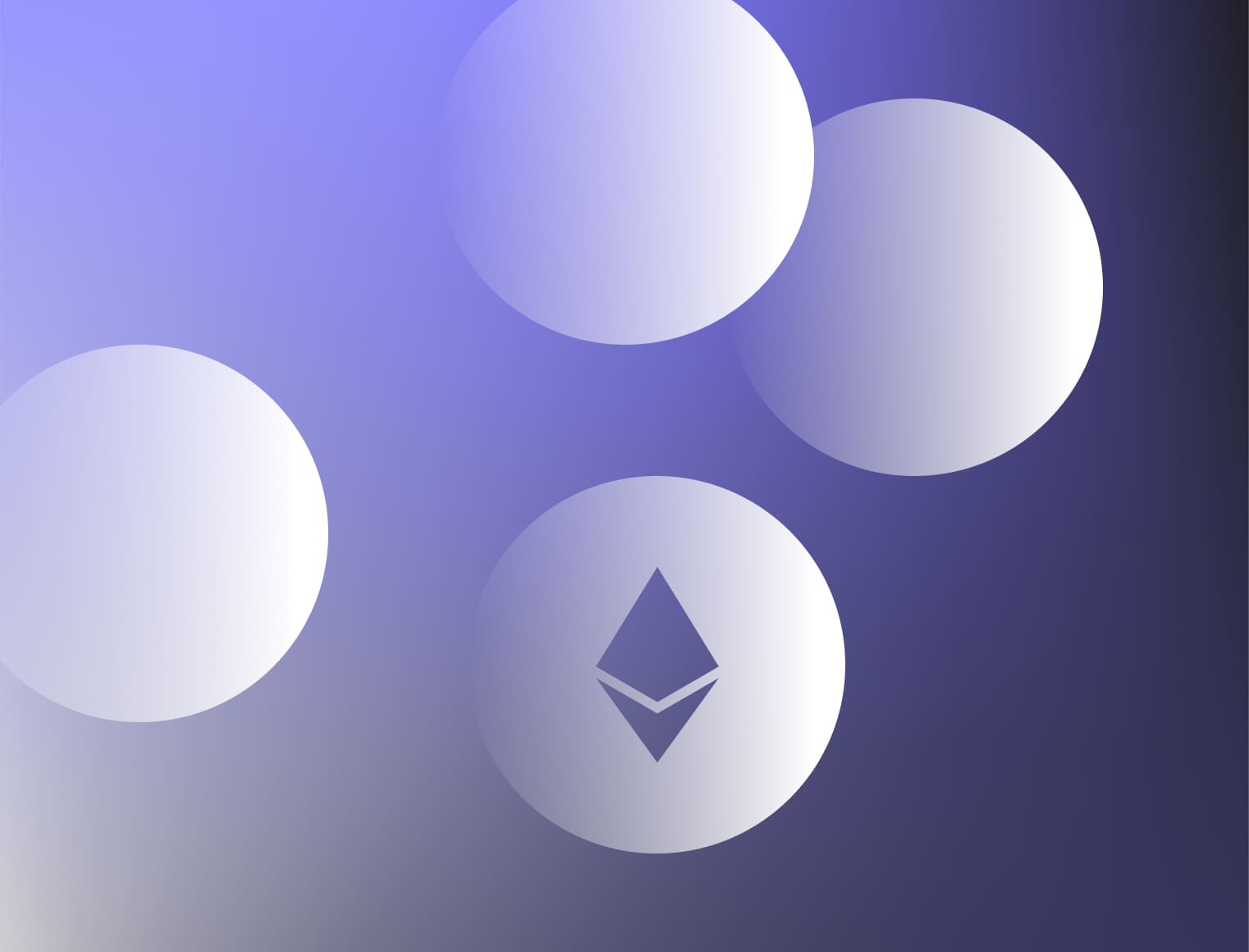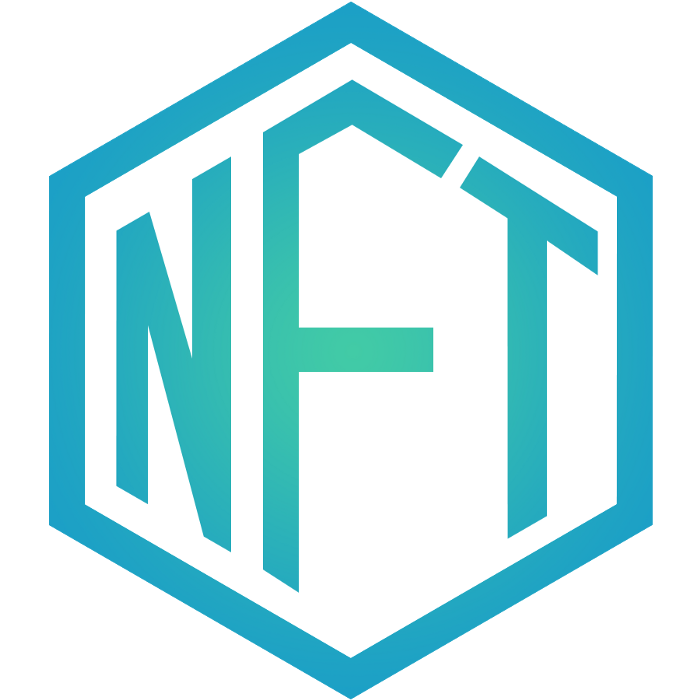ETH Q2 2021 results
Worldwide: 10 August 2021 - Ethereum (DEX: $ETH), the leading decentralized open-source programmable money blockchain, reports financial results for its second quarter ended 30 June 2021.
Worldwide: 10 August 2021 - Ethereum (DEX: $ETH), the leading decentralized open-source programmable money blockchain, reports financial results for its second quarter ended 30 June 2021.






| Q2 2020 | Q2 2021 | Y/Y | |
| Transaction volume ($b) | 36.7 | 777.1 | 2,015% |
| Transaction fees ($m) | 35.2 | 1876.1 | 5,226% |
| Median transaction fee ($) | 0.17 | 7.36 | 4,249% |
| Daily active adresses (k) | 328 | 593 | 81% |
| ETH supply (m) | 111.6 | 116.5 | 4% |
| ETH stacked (m) | n/a | 6 | n/a |
| DEX volume ($b) | 3.4 | 283.8 | 8,345% |
| DeFi TVL ($b) | 1.4 | 41.1 | 2,836% |
| Stablecoin value ($b) | 7.7 | 72.5 | 840% |
| Wrapped bitcoin (BTC) | 11,604 | 250.504 | 2,059% |
| NFT Sales ($m) | 21.2 | 754.3 | 3,458% |
Testament to the level of excitement around Ethereum in Q2 2021 was the vast amount of capital being moved around on-chain, and institutions starting to see the huge potential in the programmable money blockchain as it births vast new subsectors of cryptoassets in DeFi and NFTs.
In Q2 Andreessen Horowitz (a16z) launched two crypto funds, first a $515m fund on 30 April 2021, followed by one quadruple the size on 24 June 2021 at $2.2bn. Much of this investment is expected to flow into Ethereum-based products and services.
While Ethereum's ever increasing usage is an excellent sign for the long-term prospects of the network, in the near term the growing pains that we have seen throughout its lifespan to date: notably high ‘gas’ or transaction fees for carrying out on-chain work, have continued to proliferate.
Confirmation speeds suffer when the network is under heavy load, degrading the user experience and making blockchain’s fastest-growth applications — especially DeFi protocols — unnecessarily expensive.
And so, while miners have profited heavily from the situation — as all transactions must be paid for in gas — a natural extension of this massive increase in transaction volume has been an unfortunate decline in user experience. Customers at the lower end of the value chain often see DeFi protocols as unworkable given the costly fees.
Transaction fees have spiked to new highs throughout Q2. Part of the increase in transaction fees has been due to the sharp rise in ETH's price.
As Mike Novogratz, CEO of Galaxy Digital Holdings explains:
The three biggest moves in the crypto ecosystem—payments, DeFi, and NFTs—are mostly being built on Ethereum, so it's going to get priced like a network. The more people that use it, the more stuff that gets built on it, and the higher the price will ultimately go.
Still, given the rate of change (as noted in the Ethereum Technical Update section) the ever-increasing numbers of developers building on Ethereum and the shift towards Level 2 scaling should alleviate network congestion, bringing costs and power consumption down. Moving transactions away from the Layer 1 Ethereum mainnet, while still taking advantage of its robust decentralised security, is the overall theme of the move to ETH2.
There is much cause for hope that the blockchain can scale effectively, and take full advantage of the soaring demand for its innovations.
We think that Ethereum will become a global digital economy, settling the movement of all types of value across the world, including a meaningful portion of traditional financial services. Lex Sokolin, head economist, ConsenSys
You cannot ignore the Ethereum ecosystem as a driver of digital asset flow. The evolution of the DeFi (decentralized finance) space has now captured the attention of all our institutional clients and being involved in driving where that goes is where we want to be positioned. Tim Grant, head of business, SDX exchange.






Ethereum’s move to ETH2, its multi-year shift to cleaner, faster Proof of Stake consensus algorithm, came on leaps and bounds in Q2 2021, with R&D development updates coming thick and fast via the Ethereum Foundation.
With the arrival of the Beacon chain and ETH2 staking in December 2020, Ethereum today supports two types of clients. The first focus on the underlying execution layer (ETH1), the second power the new Proof of Stake consensus layer (ETH2).
While it remains the blockchain’s core, the execution layer of Ethereum is old technology, and running ever-increasing volumes of transactions — with Ethereum’s mass adoption and countless add-on protocols, including DeFI and NFTs — through this architecture is what has traditionally caused network congestion and unworkable spikes in transaction fees. The shift to ETH2 promises to take computing load away from Layer 1, creating a fully scalable blockchain that can meet growing demand.
The Ethereum Foundation says it plans to allocate at least $4 million to execution layer client teams, with grants distributed to Besu, Geth, Nethermind, Open Ethereum and Turbo Geth. Consensus layer clients will receive $7.5 million in 2021, a 55.5% increase compared to 2020, an impressive show of support for the drive to ETH2.
Over the last months, we’ve seen new interest and innovation on Ethereum, and more is surely on the horizon. As network use increases and Ethereum’s potential appears even more vast, the sustainable support of open source software on both layers is essential. Danny Ryan, lead co-ordinator, Ethereum 2 rollout
Ethereum developer Carl Beekhuizen noted on 18 May 2021 that ETH2 would use 99.95% less energy than ETH1, and in the intervening weeks, the first testnets for the Merge — the point at which Ethereum switches from Proof of Work to Proof of Stake — have started to emerge.
Sharding and rollups are two of the most important Layer 2 developments. Sharding is the process of splitting a database horizontally to spread computing load: on Ethereum, shard chains will spread the network's load across 64 new chains.
With shard chains, validators only need to store/run data for the shard they're validating, not the entire network (like what happens today). This speeds things up and drastically reduces hardware requirements. Ethereum Foundation, blog post
Rollups — in both zero-knowledge (zk) and Optimistic form — run on top of the Ethereum blockchain to improve scalability, drastically lower fees, improve transactions speeds and decrease the energy consumer per transaction by leveraging economies of scale.
Ethereum has proven itself to be an extremely popular computing platform, with both developer and user demand growing dramatically. Since May of 2020, the capacity used per block (a strong proxy for demand) has stabilized near 98%, meaning the network is functionally full. Ethereum has also been a victim of its own success: its limited ability to support high throughput has, at various points, driven gas fees to unsustainable levels.
The ecosystem of Ethereum applications is richer than ever before, driven by DeFi, NFTs, and a number of other use cases. Optimism is an Ethereum Layer 2 scaling solution that uses optimistic rollups to achieve far lower fees, far lower latency, and far greater throughput versus Ethereum Layer 1 alone while also providing a world-class developer and user experience. a16z, ‘Investing in Optimism’
a16z backed Optimism in Q1 2021 with a $25 million Series A investment.
While the public launch of Optimism has been delayed from March 2021 to July 2021 it remains hotly anticipated. Leading synthetic assets protocol Synthetix (SNX) launched on Optimism in January and saved users $10.1 million in fees. In March, DeFi protocol Uniswap announced its V3 version would launch on Optimism when it became available.
Post-quarter, EY publicly released its own zk-Optimistic rollups technology for Ethereum.
Ethereum is now looking ahead to anticipated Q3 hard forks — London and Altair. On 18 June 2021, the Ethereum Foundation announced that testnets could start accepting the London upgrade.
Among the five Ethereum Improvement Protocols (EIPs) proposed in the London hard fork is the eagerly-anticipated EIP1559, which switches the system away from a scenario where users pay a variable fee to miners to get their transactions recorded on the blockchain, which leaves gas fees subject to rising quickly under extreme demand.
Under EIP 1559, gas fees will instead be sent to the network in a new fee structure called a ‘basefee’, which is algorithmically controlled. This puts forward an easier-to-understand fee structure for users, and allows them to check if they are paying a fair fee or not.
Secondly, and more importantly, EIP 1559 ‘burns’ a small amount of ETH every time that the currency is used to pay transaction fees. In effect this creates a major shift in the way that users transact using Ethereum.
The effect of EIP 1559, which is to be bundled into a set of upgrades due to come into force in July 2021, is to change Ethereum from an inflationary asset into a deflationary one, mimicking the value proposition of Bitcoin as a global hedge.
This year is likely one of the most critical in Ethereum's history.
While its greatest rival, Bitcoin, began the mass investment cycle, with that cryptoasset starting to replace cash treasuries and being added to national and regional pension funds, Ethereum is still in a heavy development phase and is being treated as a vehicle for VC and private equity cash — as we have seen with the likes of a16z’s two gigantic crypto funds.
It cannot be ignored that the switch to Proof of Stake mid-mission is a risk, as there are billions of dollars of value both transferred and locked up in Ethereum blockchain products. However, Proof of Stake has been part of Ethereum’s roadmap since 2017, and it has a vehement community of developers striving to further integrate it as the bridge between traditional and decentralised finance.
One clear example of the mainstream finance world’s willingness to embrace and co-evolve ETH2 solutions is EY’s open source release of Nightfall 3, a Layer 2 scaling solution that leverages zk-Optimistic rollups to decrease transaction costs to one-eighth their standard rate.
Based on EY experience, ZK-Optimistic roll-ups are currently among the most effective in balancing security incentives and mathematical efficiency for running private transactions on the public Ethereum network. As we have in the past, we are again contributing this code into the public domain to speed up enterprise adoption of this technology. Using ZK-Optimistic Rollups, Nightfall 3 can achieve a cost of approximately 8,200 gas per transaction, while also maintaining privacy. This is almost one-eighth of the cost needed to make a conventional, public ERC20 token transfer. Paul Brody, Global Blockchain Lead, EY
The fact that such foundational private companies are not only investing in Ethereum products and developers — but actively creating solutions to its most intractable problems for enterprise to use — bodes particularly well for the blockchain. Certainly Wall Street is most excited about building new applications on Ethereum.
Ethereum to me has a much higher utility [than Bitcoin] through smart contracts…suddenly something shows up and your Walkman looks like an abacus. Todd Morley, Guggenheim co-founder, speaking on Bloomberg TV
Guggenheim co-founder and Overline chairman, Todd Morley, is building the world's largest #NFT Museum. He speaks on @BloombergTV
— Bloomberg Crypto (@crypto) May 25, 2021
More on @crypto: https://t.co/kW75EqfFSz pic.twitter.com/Tkj9zonPFO
Additionally, part of Ethereum’s attractiveness to institutional finance professionals and beyond is that it is inherently multi-asset. With that in mind, it is also worth noting that Wrapped Bitcoin — the ERC-20 tokenised version of Bitcoin traded on top of Ethereum — has risen over 2,000% YOY and now represents approximately 1% of Bitcoin’s total supply. Make of that what you will.
The rest of 2021 is likely to be consumed by further discussions on the ETH2 merge and it will be particularly interesting to watch how EIP 1559 impacts on Ethereum, whether it does what some commentators expect and seamlessly introduce deflationary mechanics, or whether there are any unintended consequences from this major alteration to token economics.
Credits: Article layout originally inspired by James Wang
WICHTIGER HINWEIS:
Dieser Artikel stellt weder eine Anlageberatung dar, noch bildet er ein Angebot oder eine Aufforderung zum Kauf von Finanzprodukten. Dieser Artikel dient ausschließlich zu allgemeinen Informationszwecken, und es erfolgt weder ausdrücklich noch implizit eine Zusicherung oder Garantie bezüglich der Fairness, Genauigkeit, Vollständigkeit oder Richtigkeit dieses Artikels oder der darin enthaltenen Meinungen. Es wird davon abgeraten, Vertrauen in die Fairness, Genauigkeit, Vollständigkeit oder Richtigkeit dieses Artikels oder der darin enthaltenen Meinungen zu setzen. Beachten Sie bitte, dass es sich bei diesem Artikel weder um eine Anlageberatung handelt noch um ein Angebot oder eine Aufforderung zum Erwerb von Finanzprodukten oder Kryptowerten.
VOR EINER ANLAGE IN KRYPTO ETP SOLLTEN POTENZIELLE ANLEGER FOLGENDES BEACHTEN:
Potenzielle Anleger sollten eine unabhängige Beratung in Anspruch nehmen und die im Basisprospekt und in den endgültigen Bedingungen für die ETPs enthaltenen relevanten Informationen, insbesondere die darin genannten Risikofaktoren, berücksichtigen. Das investierte Kapital ist risikobehaftet und Verluste bis zur Höhe des investierten Betrags sind möglich. Das Produkt unterliegt einem inhärenten Gegenparteirisiko in Bezug auf den Emittenten der ETPs und kann Verluste bis hin zum Totalverlust erleiden, wenn der Emittent seinen vertraglichen Verpflichtungen nicht nachkommt. Die rechtliche Struktur von ETPs entspricht der einer Schuldverschreibung. ETPs werden wie andere Wer
ETC Group bietet erstklassige Produkte für das Investment in digitale Werte wie Kryptowährungen - und das mit Domizil Deutschland. Mit unseren physisch hinterlegten Krypto-ETPs schlagen wir eine Brücke vom klassischen, regulierten Kapitalmarkt in die lebendige Kryptoszene. Unsere ETPs sind der Schlüssel zum Ökosystem der digitalen Vermögenswerte und vereinfachen den Investmentzugang zu Bitcoin, Ethereum und weiteren Kryptowährungen erheblich.
Die ETC Group setzt sich aus einem außergewöhnlichen Team von Finanzdienstleistungsexperten und Unternehmern zusammen, die über Erfahrung mit digitalen Vermögenswerten und regulierten Märkten verfügen. Da Produktqualität und -sicherheit im Mittelpunkt unseres Produktentwicklungsansatzes stehen, ist das Unternehmen bestrebt, kontinuierlich erstklassige börsengehandelte Produkte für institutionelle Kunden auf den Markt zu bringen.
Als Unternehmen hat die ETC Group bereits BTCE auf den Markt gebracht - das weltweit erste börsengehandelte Bitcoin-Produkt mit zentralem Clearing an der Deutschen Börse XETRA, dem größten ETF-Handelsplatz in Europa sowie DA20. Dabei handelt es sich um das weltweit erste Krypto-ETP, das einen MSCI-Index abbildet und einen Schritt in Richtung Investment-Management-Produkte darstellt. DA20 ermöglicht Anlegern ein breites Marktengagement, indem es einen Index von 20 Kryptowährungen abbildet, die etwa 85 % der Kapitalisierung des gesamten Kryptomarktes abdecken.